Author: Chris
Xiaomi 16 vs. Huawei Nova 14 Ultra: 12GB RAM, 50MP Cameras!
Get ready for a thrilling face-off: Xiaomi 16 vs. Huawei Nova 14 Ultra. Both bring premium specs and outstanding cameras.
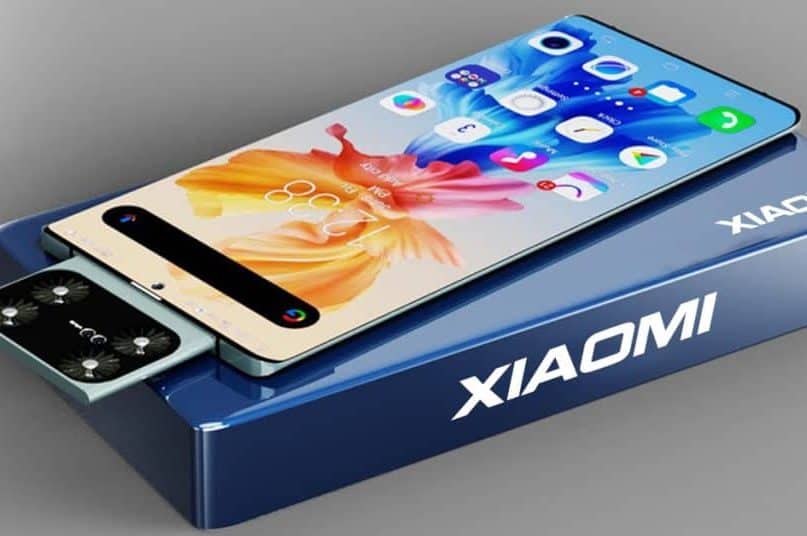
Xiaomi 16 vs. Huawei Nova 14 Ultra specs
Xiaomi 16 specs include a 6.36-inch AMOLED display with 1200 x 2670 resolution, 120Hz refresh rate, and Dolby Vision. Meanwhile, Huawei Nova 14 Ultra specs offer a larger 6.78-inch OLED panel with 1220 x 2700 pixels and 120Hz refresh rate. While Huawei wins on size, both deliver vivid visuals and smooth scrolling.
Under the hood, Xiaomi 16 equips the Snapdragon 8 Gen 3 chipset for extreme performance and excellent thermal efficiency. On the other side, Huawei Nova 14 Ultra runs on the Kirin 9010 chipset, supporting flagship-level multitasking and AI-powered processing. Although both are strong, Xiaomi leads in global app compatibility.
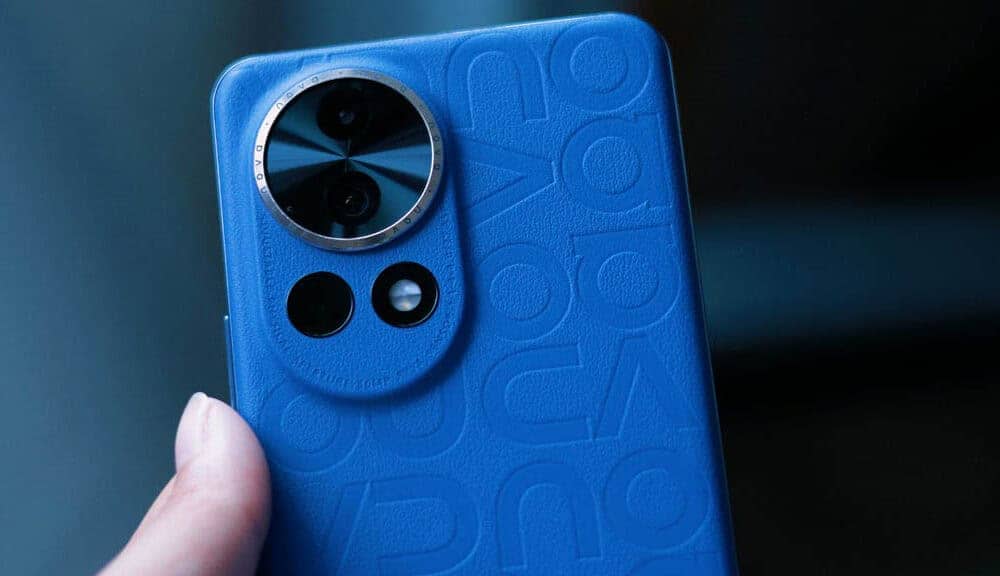
The Xiaomi 16 cameras boast a 50MP wide sensor, 50MP telephoto with 2x zoom, and 50MP ultrawide lens. For selfies, it carries a 32MP front shooter. In comparison, Huawei Nova 14 Ultra cameras feature a 50MP main lens, 50MP ultrawide, and a 50MP telephoto with 5x optical zoom. It also uses a 60MP front camera, ideal for vloggers and content creators. So, Huawei beats Xiaomi in zoom range and selfie resolution, while Xiaomi keeps pace with balanced rear optics. As for memory, Xiaomi 16 provides 12GB RAM and 256GB or 512GB storage without a microSD slot. Huawei Nova 14 Ultra gives 12GB RAM and 512GB storage, also without expansion support. Both phones deliver fast speeds, but Huawei edges ahead with its generous base storage. Battery-wise, Xiaomi includes a 4610mAh cell with 90W wired and 50W wireless charging. Huawei packs a 4880mAh battery and supports 100W wired plus 80W wireless charging, charging faster overall.
Xiaomi 16 vs. Huawei Nova 14 Ultra release date and price
The Xiaomi 16 release date is set for October 2024, while the Huawei Nova 14 Ultra release date took place in April 2024. Regarding cost, the Xiaomi 16 price is around $999 ~ Rs. 83,499. Meanwhile, the Huawei Nova 14 Ultra price also starts at $999 ~ Rs. 83,499. Which one fits your needs better?
Nokia Evolve Mini 2025 Specs: 200MP Cameras, 7700mAh Battery!
HMD Global is gearing up to launch a compact yet powerful smartphone—the Nokia Evolve Mini 2025. This upcoming model combines 200MP cameras and a 7700mAh battery. Let’s dive into the exciting Nokia Evolve Mini 2025 specs!
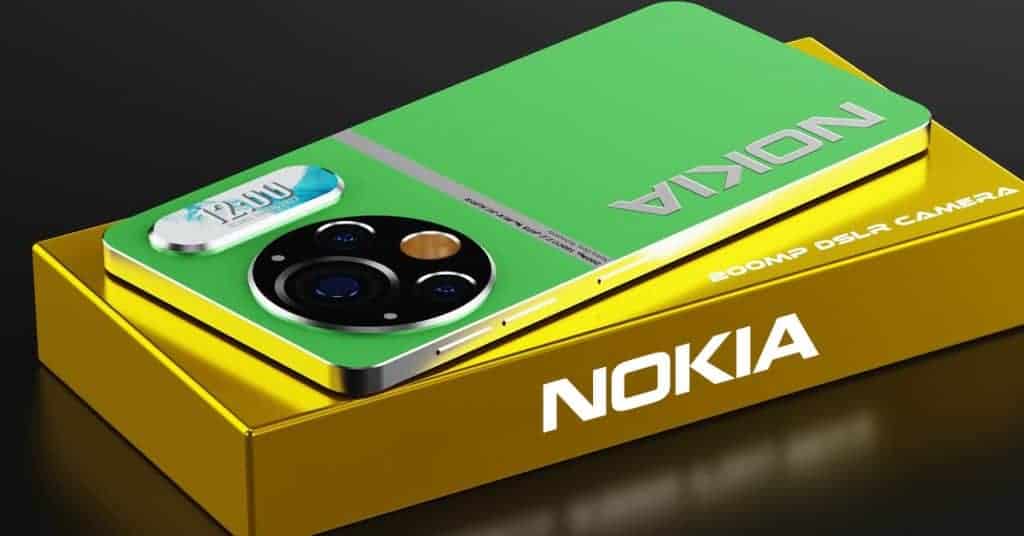
Nokia Evolve Mini 2025 Specs
After introducing several impressive mid-range and flagship devices, Nokia is going to expand its portfolio with a new compact beast: the Nokia Evolve Mini 2025. Designed for users who prefer smaller phones without compromising performance, this model arrives with modern hardware and intelligent features. The Nokia Evolve Mini 2025 specs arrives with a vibrant 6.3-inch FHD+ AMOLED display, delivering a 120Hz refresh rate and 1080 x 2400 pixels resolution for smooth visuals.
The screen also features Corning Gorilla Glass Victus for added protection and supports HDR10+ to enhance contrast and color. Powering the device is the latest Qualcomm Snapdragon 8 Gen 3 chipset, paired with 12GB of RAM. Users can choose between 256GB or 512GB of internal storage, and the device also supports microSD expansion up to 1TB, offering generous space for files and apps. It runs Android 15 straight out of the box for a clean, modern interface and optimized performance.
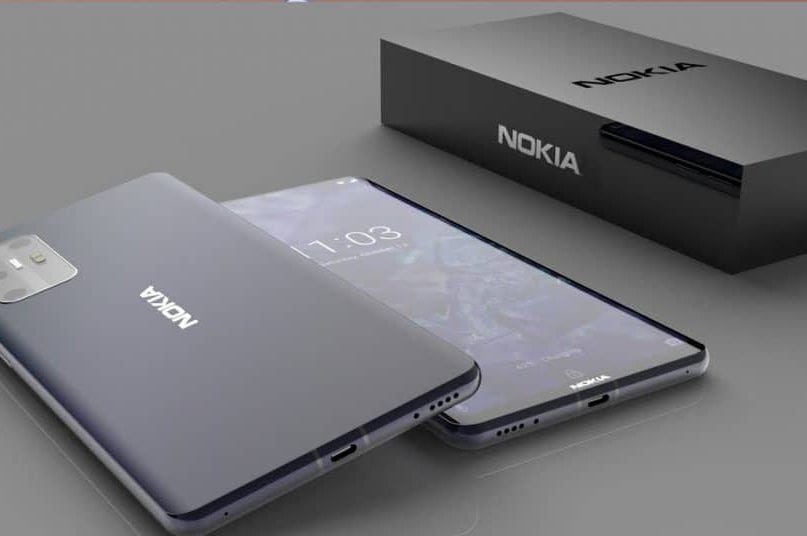
The Nokia device also include a durable 7700mAh battery. It supports 80W wired charging and 30W wireless charging, ensuring the phone stays powered throughout the day with minimal charging time. When it comes to photography, the Nokia Evolve Mini 2025 camera setup does not disappoint. The rear sports a triple-lens system: 200MP main sensor, a 13MP ultra-wide lens, and a 5MP macro shooter. For selfies and video calls, a sharp 32MP front camera ensures clarity and detail. Additional features include an in-display fingerprint scanner, Face Unlock, 5G connectivity, Wi-Fi 6E, Bluetooth 5.3, and stereo speakers with spatial audio support.
Nokia Evolve Mini 2025 release date and price
While HMD hasn’t officially confirmed the Nokia Evolve Mini 2025 release date, industry insiders expect the phone to launch by late Q1 2025. As for pricing, the Nokia Evolve Mini 2025 price start around $349 ~ Rs. 29,000. Would this sleek mini flagship make your wishlist? Let us know what you think!
Nokia Maze vs. Vivo T4 Lite: 12GB RAM, 200MP Cameras!
Don’t miss the intense showdown between Nokia Maze vs. Vivo T4 Lite, featuring 12GB RAM and 200MP cameras. Read on to find out which phone takes the crown!
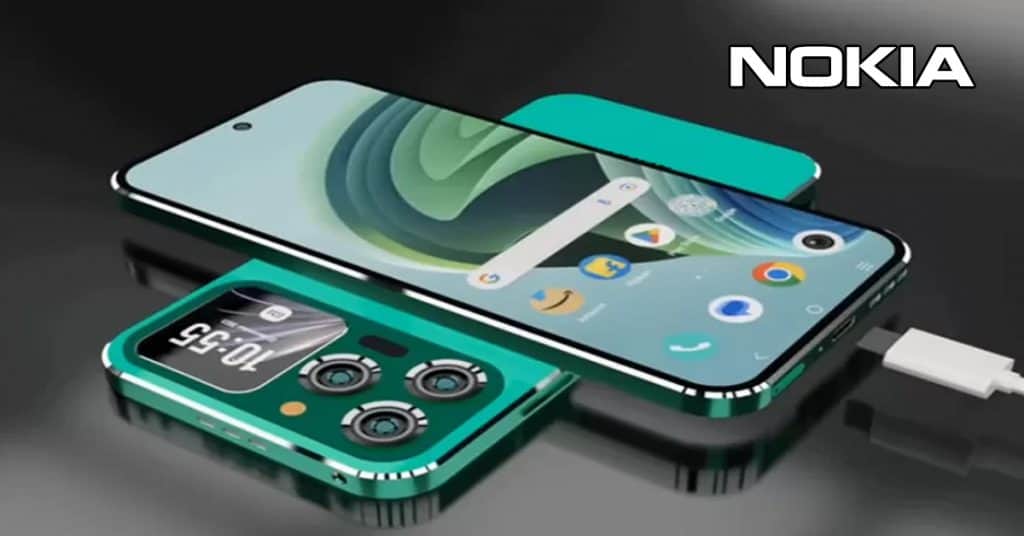
Nokia Maze vs. Vivo T4 Lite specs
Nokia Maze shows off a stunning design and a massive battery. Meanwhile, Vivo T4 Lite enters the race with solid performance and modern features. Starting with the display, Nokia Maze specs offer a 6.7-inch Super AMOLED panel with 4K resolution. On the other hand, Vivo T4 Lite specs pack a 6.56-inch IPS LCD with 720 x 1612 pixels. Nokia takes the first lead thanks to the sharper screen.
In terms of processing power, Nokia Maze uses the Qualcomm Snapdragon 8s Gen 3 chipset. Vivo T4 Lite runs on the MediaTek Dimensity 6020 platform. The Nokia model dominates again with a flagship-level chip. Memory-wise, Nokia Maze brings 8GB or 12GB RAM with 128GB/256GB internal storage, expandable up to 1TB via microSD.
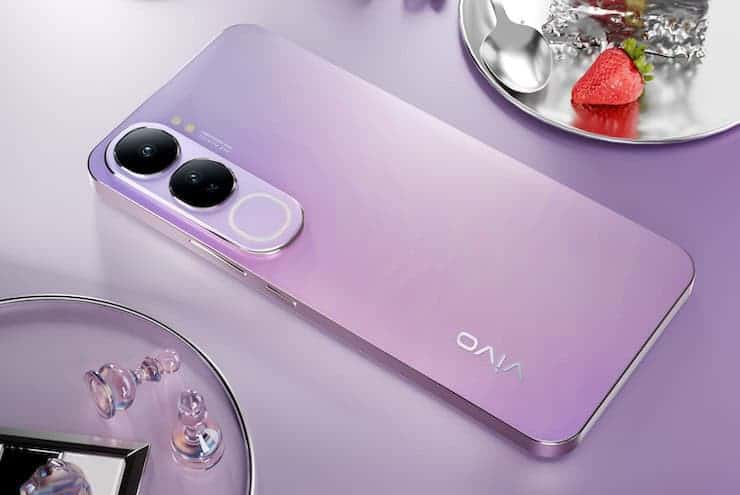
Vivo T4 Lite includes 4GB/6GB RAM and 128GB of internal memory, expandable to 1TB. Once again, Nokia proves more powerful in multitasking and storage. For cameras, Nokia Maze sports a quad rear system: 200MP + 32MP + 16MP + 5MP lenses and a 48MP front shooter. Meanwhile, Vivo T4 Lite equips a 50MP main rear lens with a 2MP depth sensor and 8MP selfie camera. Nokia secures another point with its superior camera setup. As for battery life, Nokia Maze houses a large 7800mAh cell, while Vivo T4 Lite holds a 5000mAh battery. Hence, the Nokia delivers stronger longevity in daily usage.
Nokia Maze release date and Vivo T4 Lite release date
Nokia Maze release date will likely fall in Q3 2024. In contrast, Vivo T4 Lite release date already took place in early 2024. Regarding pricing, Nokia Maze price may start at $225 ~ Rs. 17,359, and Vivo T4 Lite price begins at $170 ~ Rs. 14,170. Which device matches your needs better?
Nokia Zeno Max 2025 Specs: 16GB RAM, 200MP Cameras!
Get ready for an exciting flagship launch! The upcoming Nokia Zeno Max 2025 arrives with top-tier specs like 16GB RAM and 200MP cameras. Let’s dive into the full Nokia Zeno Max 2025 specs now!

Nokia Zeno Max 2025 specs
After the impressive debut of models like the Nokia Horizon Mini and Nokia Beam, HMD Global is now preparing to introduce another power-packed device — the Nokia Zeno Max 2025. This handset promises a bold design, flagship performance, and durability that Nokia fans love. To start, the Nokia Zeno Max 2025 specs feature a massive 7.1-inch Super AMOLED display with 4K resolution.
With a 144Hz refresh rate and 21:9 cinematic aspect ratio, this screen ensures silky-smooth visuals and vivid colors. Corning Gorilla Glass Victus 2 shields the display, adding exceptional durability. Thanks to these display features, users can enjoy immersive gaming and media playback without compromise. Moving forward, the device runs on the powerful Qualcomm Snapdragon 8 Gen 3 chipset.
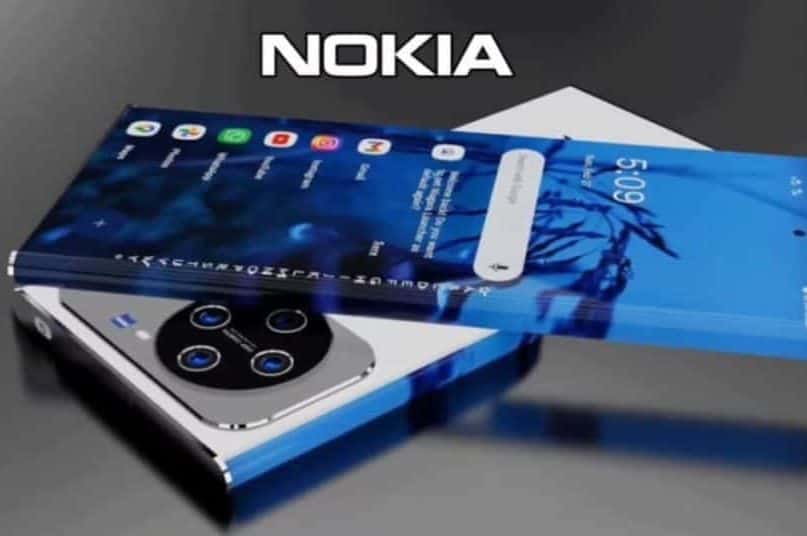
It also runs on Android 15 for smooth and responsive performance. It comes in multiple storage options, including 12GB/16GB RAM and 256GB/512GB/1TB internal memory, expandable up to 1TB via a dedicated microSD slot. As for the optics, the Nokia Zeno Max 2025 cameras setup includes a quad-lens system: a 200MP main sensor, a 50MP ultra-wide lens, a 12MP telephoto unit, and an 8MP macro shooter. On the front, it offers a 60MP selfie camera that supports 4K video recording and AI-enhanced portrait mode — perfect for social media creators. Furthermore, the smartphone packs a massive 9000mAh battery that supports 125W wired fast charging and 65W wireless charging. Whether you’re gaming or streaming, battery anxiety won’t be an issue. Additional features include 5G support, Wi-Fi 6E, Bluetooth 5.3, GPS, and USB Type-C 4.0.
Nokia Zeno Max 2025 release date and price
The Nokia Zeno Max 2025 release date is expected to fall in early 2025. For those eyeing premium performance, the Nokia Zeno Max 2025 price starts at $999 ~ Rs. 83,499. Are you planning to upgrade to this flagship? Let us know in the comments!
Best budget phones May 2025: 64MP Cameras, 5000mAh Battery!
Now, let’s come to our list of the best budget phones of May 2025 with good specs and affordable prices. Check them out below!
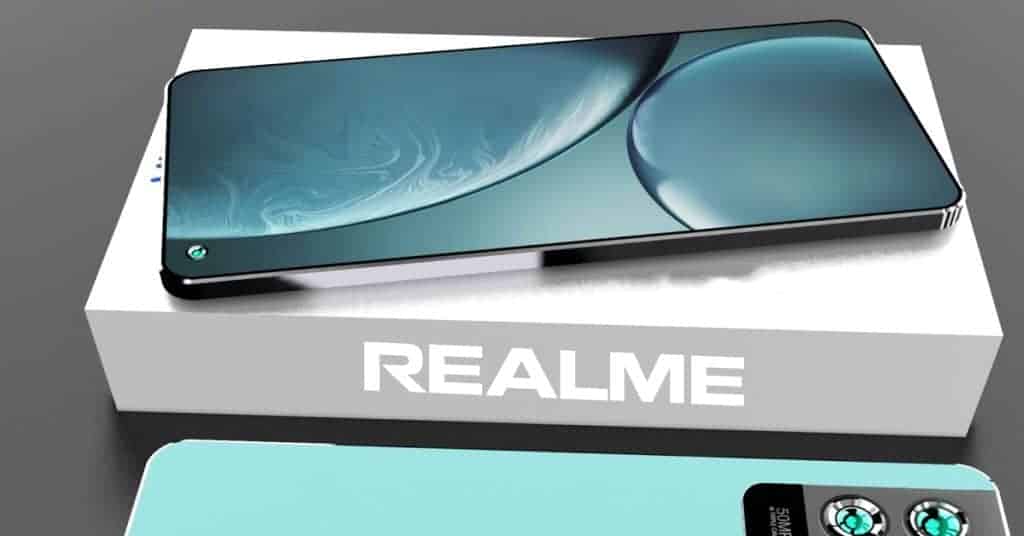
1. Realme C65
Realme C65 is ideal for users looking for basic features in a budget-friendly option. It has a solid build, decent cameras, and fast charging, all while keeping the price low for daily use. Realme C65 specs sport a 6.67-inch IPS LCD with 720 x 1604 pixels. This phone runs on the MediaTek Helio G85 chipset and Android 14. For storage, it offers 128GB/6GB RAM and 256GB/8GB RAM (expandable via microSDXC).
On the back, the Realme C65 camera system packs a dual setup of 50MP + 2MP sensors and an 8MP selfie shooter. The Realme phone houses a 5000mAh battery with 45W fast charging support. As for the cost, the Realme C65 price begins at $130 ~ Rs. 10,801.
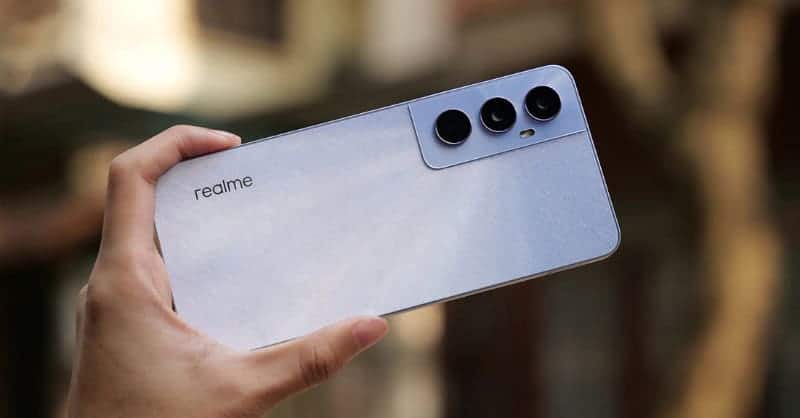
2. Vivo T1 Pro 5G
Vivo T1 Pro 5G specs feature a 6.44-inch AMOLED screen with 1080 x 2404 pixels. It comes with the Qualcomm Snapdragon 778G chipset and runs on Android 12. The device arrives with 128GB/6GB RAM and 128GB/8GB RAM (no card slot). For optics, the Vivo T1 Pro 5G camera includes a dual setup of 64MP + 2MP lenses and a 16MP selfie snapper. Its battery is a 4700mAh cell with 66W fast charging. About the price, the Vivo T1 Pro 5G price starts at $240 ~ Rs. 19,941.
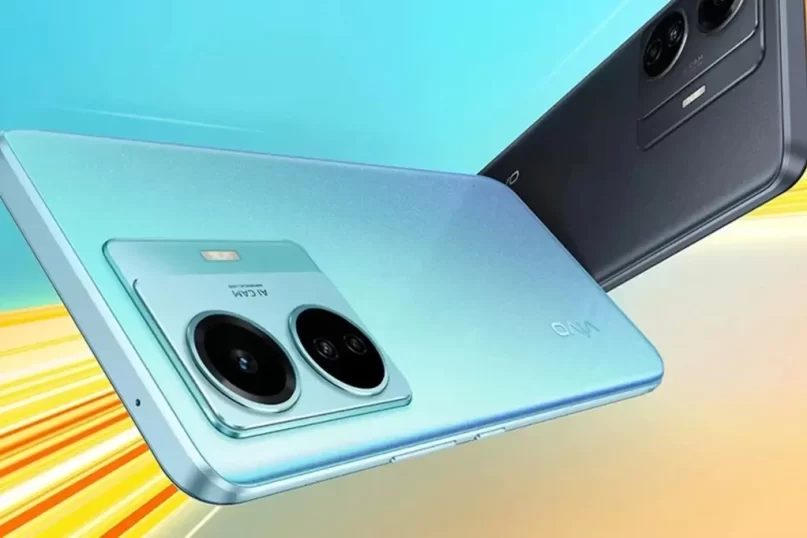
3. POCO M7 Pro
POCO M7 Pro specs flaunt a 6.67-inch IPS LCD with 1080 x 2400 pixels. It uses the MediaTek Dimensity 6100+ chipset and runs on Android 13. The phone sports 128GB/6GB RAM and 128GB/8GB RAM (expandable via microSDXC). For photography, the POCO M7 Pro camera features a 50MP primary lens + 2MP depth sensor and an 8MP front camera. A large 5000mAh battery with 22.5W fast charging powers the phone. The POCO M7 Pro price begins at $150 ~ Rs. 12,461.

4. POCO X4 Pro
POCO X4 Pro specs carry a 6.67-inch AMOLED with 1080 x 2400 pixels. Under the hood, it works on the Qualcomm Snapdragon 695 chipset and Android 11. The memory options are 64GB/6GB RAM, 128GB/6GB RAM, 128GB/8GB RAM, and 256GB/8GB RAM (expandable). As for the POCO X4 Pro camera, it has a triple rear setup: 108MP + 8MP + 2MP, and a 16MP front-facing camera. This phone comes with a 5000mAh battery with 67W charging. The POCO X4 Pro price starts at $220 ~ Rs. 18,281.
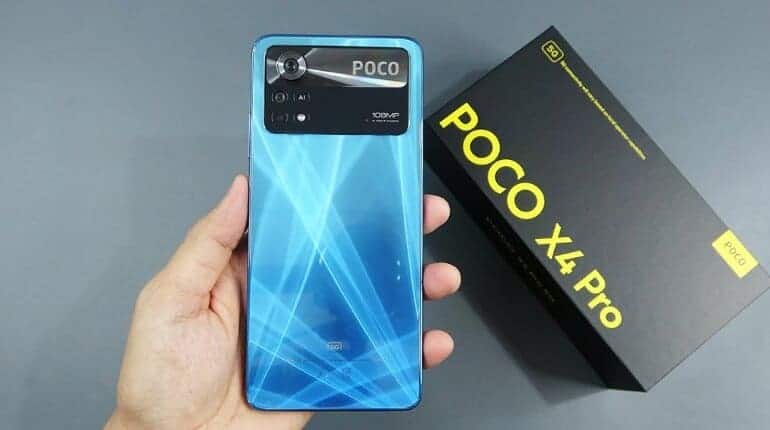
5. Realme 11x
Realme 11x specs show a 6.72-inch IPS LCD with 1080 x 2400 pixels. This model runs on the MediaTek Dimensity 6100+ chipset and Android 13. The phone is available with 128GB/6GB RAM and 128GB/8GB RAM (expandable via microSDXC). The Realme 11x camera includes a dual rear lens: 64MP + 2MP, and an 8MP front camera. A 5000mAh battery supports 33W fast charging. The Realme 11x price is around $140 ~ Rs. 11,621.
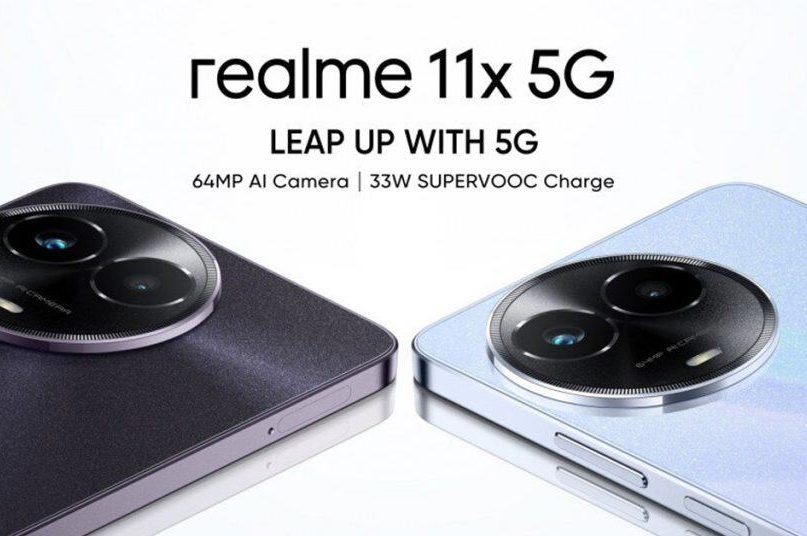
Best budget phones May 2025
If you are looking for a phone that offers great value, the Realme C65 and Vivo T1 Pro 5G are excellent choices with solid specs and attractive designs. For those who prioritize display and battery, the POCO X4 Pro and POCO M7 Pro should be on your radar. Don’t forget the Realme 11x, which balances performance and price perfectly. Stay tuned for more updates on the best phones in every category!
Nokia Edge vs. Realme C75 5G: 12GB RAM, 200MP Cameras!
Let’s dive into the battle between Nokia Edge vs. Realme C75 5G with 12GB RAM and 200MP cameras. Who comes out on top?
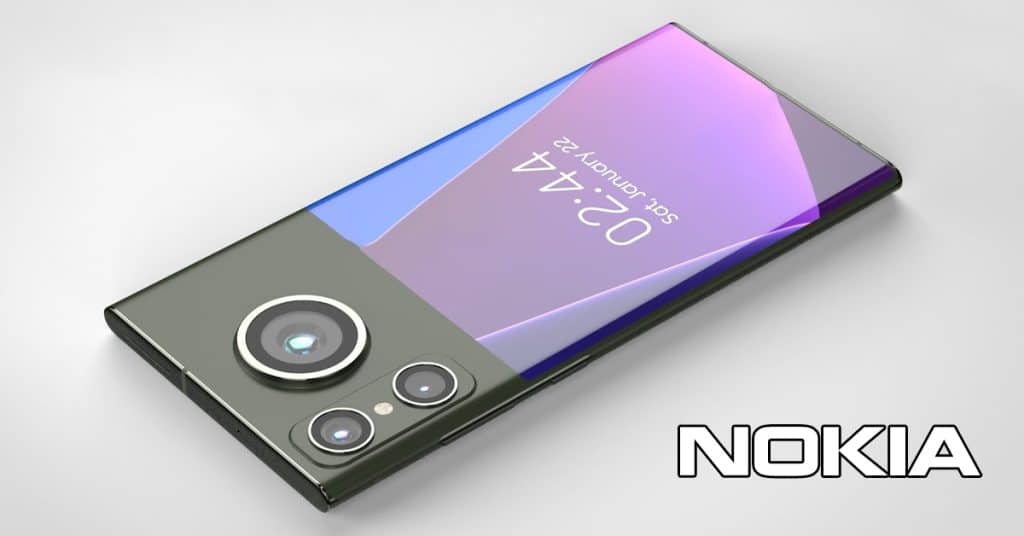
Nokia Edge vs. Realme C75 5G specs
Nokia Edge offers premium hardware and a large battery. Meanwhile, Realme C75 5G delivers solid performance and affordability. For the display, Nokia Edge specs include a 6.8-inch AMOLED screen, 4K resolution, 21:9 aspect ratio, and 120Hz refresh rate. Realme C75 5G specs feature a 6.72-inch IPS LCD with 1080 x 2400 pixels resolution and a 90Hz refresh rate.
Nokia provides a sharper and smoother screen experience. Under the hood, Nokia Edge runs Android 15 on a Snapdragon 8 Gen 3 chipset. In contrast, Realme C75 5G uses Android 15 paired with a MediaTek Helio G88 chipset. This setup gives Nokia a clear processing power advantage. For memory, Nokia offers variants with 12GB RAM and up to 512GB storage, expandable via microSD.

Meanwhile, Realme C75 5G provides 4GB or 6GB RAM options and 64GB or 128GB storage without expandable memory. On the camera front, Nokia Edge packs a triple rear setup: 200MP main, 16MP secondary, and 8MP depth sensor. Its front camera comes with 50MP and a TOF sensor. Meanwhile, Realme C75 5G sports a dual rear setup: 64MP main and 2MP depth sensor, with a 16MP selfie shooter. Nokia wins in camera versatility and selfie quality. For battery, Nokia Edge holds a massive 7000mAh cell. Realme C75 5G offers a 5000mAh battery with 33W charging. Hence, the Nokia clearly leads in endurance.
Nokia Edge release date and Realme C75 5G release date
Nokia Edge release date arrives in Q2 2025. Realme C75 5G release date happened in mid-2023. Nokia Edge price starts at $275 ~ Rs. 21,487, while Realme C75 5G price begins at $160 ~ Rs. 12,480. Which phone suits you best? Share your thoughts!
Samsung Galaxy Z Flip 7 FE vs. Vivo Y300 GT: 12GB RAM, 5000mAh Battery!
It’s showdown time: Samsung Galaxy Z Flip 7 FE vs. Vivo Y300 GT, featuring strong chipsets and exciting cameras. Who wins?
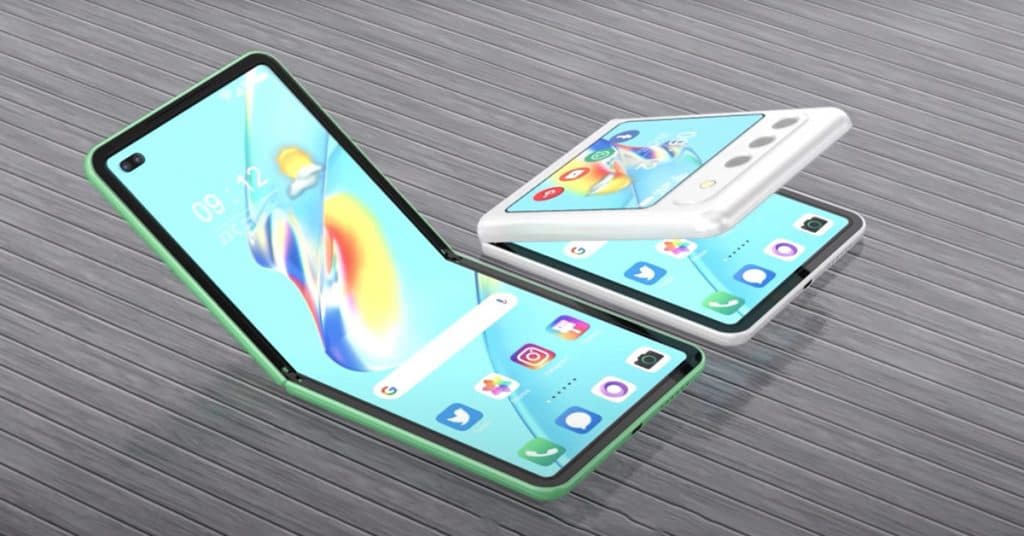
Samsung Galaxy Z Flip 7 FE vs. Vivo Y300 GT specs
Samsung Galaxy Z Flip 7 FE specs come with a 6.7-inch Foldable Dynamic AMOLED 2X, offering 1080 x 2640 pixels and 120Hz refresh. On the other hand, Vivo Y300 GT specs feature a 6.78-inch IPS LCD screen with 1260 x 2800 pixels and 144Hz refresh rate. Although Samsung brings a foldable edge, Vivo provides higher refresh for fluid visuals.
Powering the Galaxy is the Snapdragon 8 Gen 2 chipset, paired with 12GB RAM and 256GB or 512GB internal storage. However, it lacks a microSD slot. Vivo Y300 GT relies on Snapdragon 7 Gen 3, with 12GB RAM and 256GB or 512GB storage, also without expansion. Both offer ample storage, but Samsung leads in raw performance.
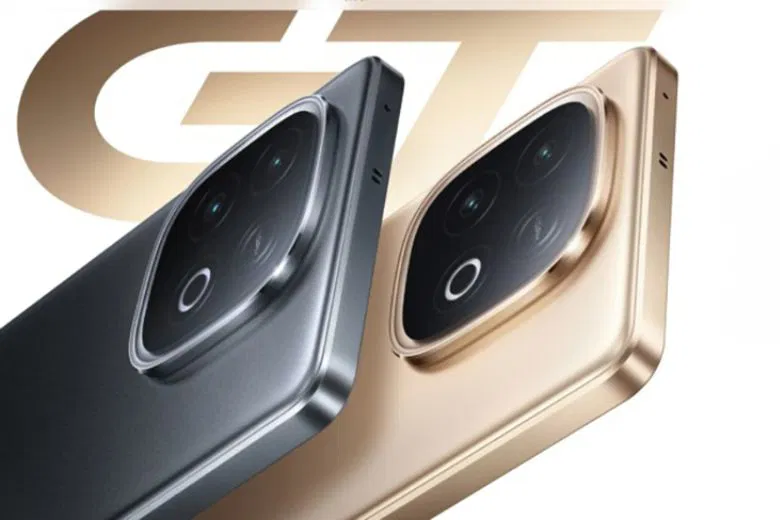
When it comes to cameras, Samsung Galaxy Z Flip 7 FE cameras include a dual setup with a 50MP wide and 12MP ultrawide lens. Its front display carries a 10MP selfie shooter tucked inside the punch-hole. Meanwhile, Vivo Y300 GT cameras pack a 50MP main lens and a 2MP depth sensor, along with a 16MP front camera. While Vivo excels in selfies, Samsung captures more detail with its dual rear optics. As for power, Samsung equips a 4000mAh battery with 25W fast charging. Vivo brings a larger 5000mAh battery that supports 80W fast charging for quick top-ups. Clearly, Vivo dominates the battery and charging segment.
Samsung Galaxy Z Flip 7 FE vs. Vivo Y300 GT release date and price
The Samsung Galaxy Z Flip 7 FE release date may fall in August 2025, targeting the premium foldable market. Meanwhile, the Vivo Y300 GT release date landed in April 2024, already available globally. Talking prices, Samsung Galaxy Z Flip 7 FE price starts at $999 ~ Rs. 83,499. In contrast, the Vivo Y300 GT price begins at $305 ~ Rs. 25,499.
Vivo V50e vs. CMF Phone 2 Pro: 16GB RAM, 200MP Cameras!
Which phone takes the crown: Vivo V50e vs. CMF Phone 2 Pro? Dive into their specs, cameras, and more to decide!
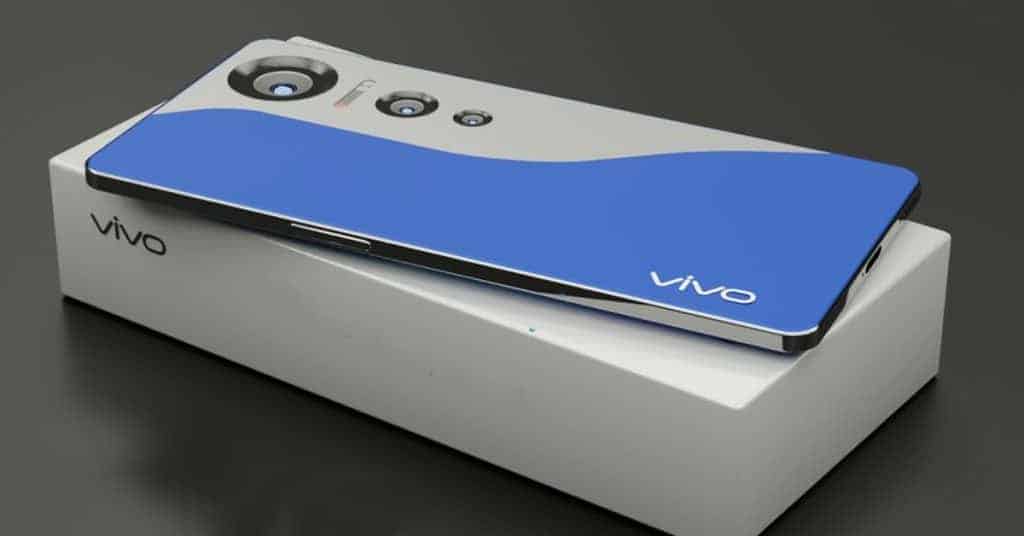
Vivo V50e vs. CMF Phone 2 Pro specs
Vivo V50e specs feature a 6.67-inch OLED screen with a 1220 x 2712 resolution and 120Hz refresh rate. Meanwhile, CMF Phone 2 Pro specs come with a 6.7-inch AMOLED display offering 1080 x 2412 pixels and 120Hz refresh as well. Therefore, Vivo delivers sharper visuals, but CMF brings a premium panel at a more affordable price.
Under the hood, Vivo equips the Snapdragon 7s Gen 2 chipset for solid performance across apps and gaming. On the other side, CMF Phone 2 Pro uses the MediaTek Dimensity 7300 5G chip, built for efficiency and balanced multitasking. While both phones handle daily tasks smoothly, Vivo edges ahead in GPU and performance tuning.
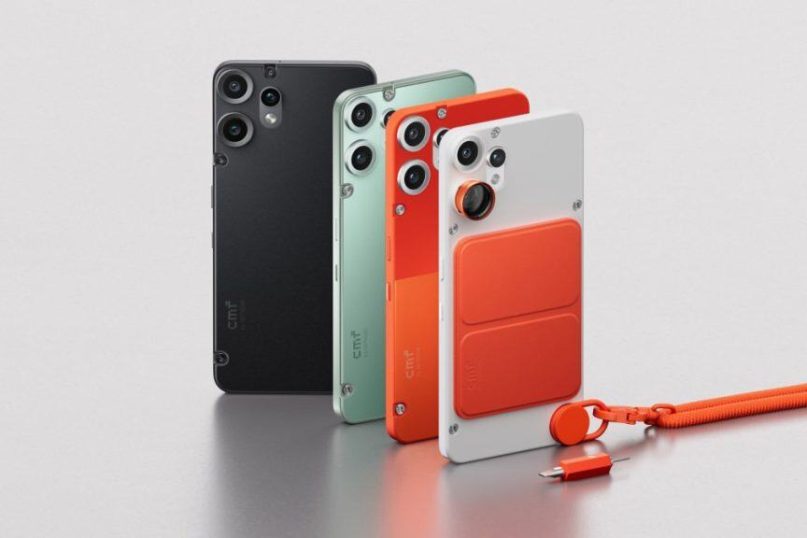
When it comes to memory, Vivo offers 128GB/8GB RAM, 256GB/12GB RAM, and 512GB/16GB RAM options with no microSD slot. CMF Phone 2 Pro comes with 128GB/8GB RAM and 256GB/8GB RAM, also without card expansion. As a result, Vivo leads with broader RAM and storage selections for demanding users. Now let’s explore imaging. Vivo V50e cameras pack a triple setup with a massive 200MP main lens, 8MP ultrawide, and 2MP macro. Up front, it features a 16MP selfie shooter. Meanwhile, CMF Phone 2 Pro cameras consist of a 50MP main sensor and a depth lens, plus a 16MP front cam. Vivo clearly dominates the camera department with higher megapixels and more lenses. The battery on Vivo stands at 5100mAh, while CMF equips a smaller 5000mAh unit. Both support fast charging, yet Vivo lasts longer.
Vivo V50e vs. CMF Phone 2 Pro release date and price
The Vivo V50e release date was September 2024, while the CMF Phone 2 Pro release date occurred in July 2024. Talking price, Vivo V50e price starts at $189 ~ Rs. 15,725. Meanwhile, CMF Phone 2 Pro price begins around $245 ~ Rs. 20,369.
Nokia Zeno Pro 2025 Specs: 200MP Cameras, 8900mAh Battery!
Are you ready to meet a new Nokia beast with great specs like 200MP cameras and an 8900mAh battery? Discover the Nokia Zeno Pro 2025 specs right below!
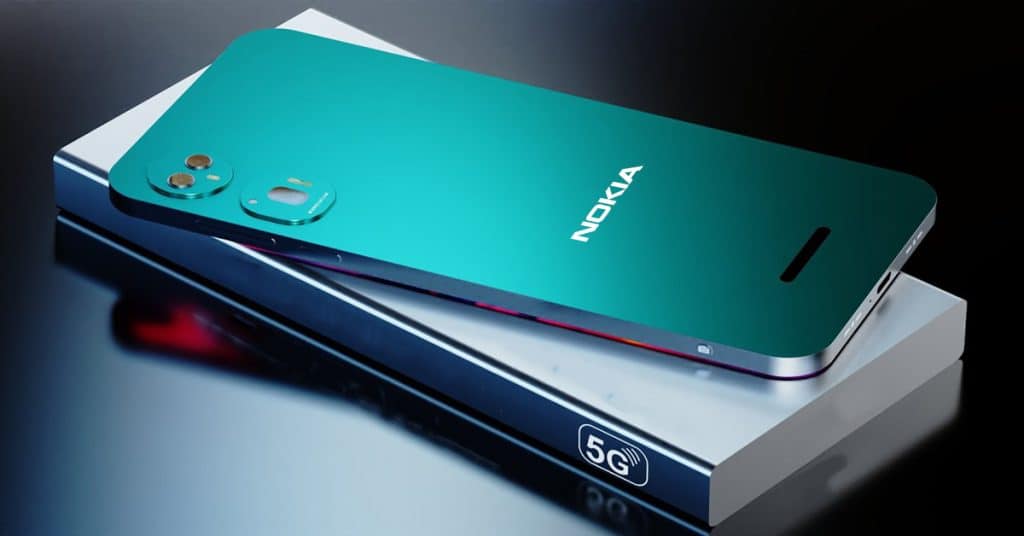
Nokia Zeno Pro 2025 specs
Previously, we introduced the Nokia Infinix Max with a stunning appearance and unique camera system. Today, we introduce you to another fantastic beast of this lineup named the Nokia Zeno Pro 2025. Keep reading for more information about this phone now! In detail, the Nokia Zeno Pro 2025 specs have a sizeable 6.8-inch Super AMOLED with 4K resolution.
This phone has a 20:9 aspect ratio and Corning Gorilla Glass 7 protection. Let’s move on to hardware and battery! The Nokia handset draws power from the Qualcomm Snapdragon 8 Gen 2 chipset. Furthermore, the Nokia beast houses an 8900mAh juice box that supports fast charging 65W. As for the storage, this Nokia beast arrives with 12GB/ 16GB of RAM and 256GB/ 512GB of onboard storage.
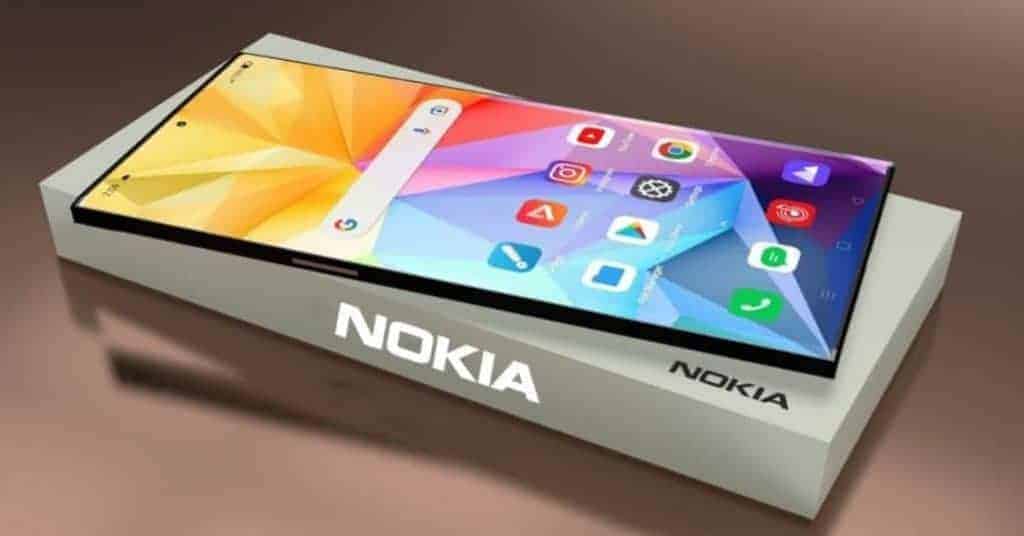
This smartphone has a MicroSD card to upgrade the storage up to 1TB. Let’s catch the optics system of this phone! The Nokia Zeno Pro 2025 camera packs quad sensors on the rear. It consists of 200MP primary lens + 44MP telephoto sensor + 16MP ultra-wide sensor + 8MP depth sensor. Back to front, this device comes with a single 64MP lens for selfies. Besides, this Nokia handset can come with the usual fingerprint side-mounted. Other connectivity options include 5G support, Wi-Fi, Bluetooth, GPRS, and more. Moreover, the Nokia device runs the Android 15 operating system.
Nokia Zeno Pro 2025 release date and price
For now, this brand hasn’t announced the arrival and pricing of this device. We expect to see Nokia Zeno Pro 2025 at the end of this year. Concerning the cost, the Nokia Zeno Pro 2025 price starts from $290 ~ Rs. 23,019. Comment your opinions below!
Samsung Galaxy S25 vs. Realme GT 7: 50MP Cameras, 5500mAh Battery!
Get ready for the intense battle between the Samsung Galaxy S25 vs. Realme GT 7, both packing incredible 50MP cameras and a 5500mAh battery! Find out which phone takes the crown!
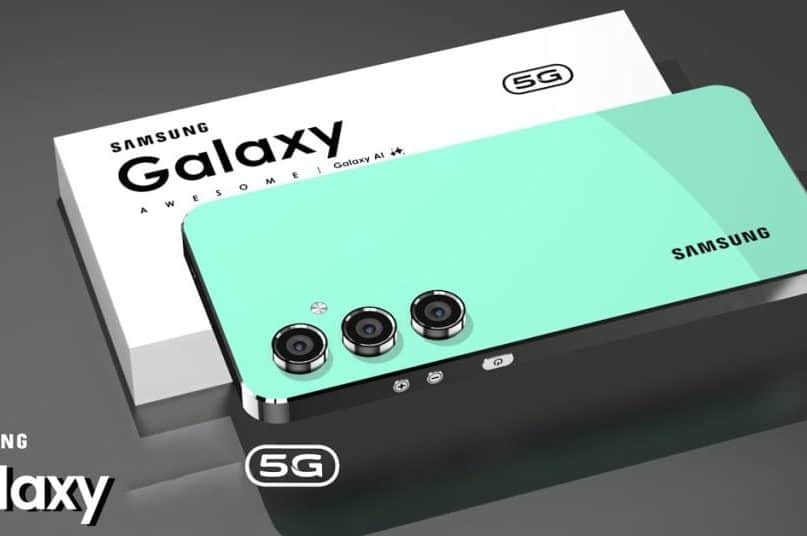
Samsung Galaxy S25 vs. Realme GT 7 specs
The Samsung Galaxy S25 is expected to be one of the most powerful releases in the coming year. Meanwhile, the Realme GT 7 promises top-tier specs and a premium design. Starting with the display, Samsung Galaxy S25 specs include a 6.7-inch AMOLED panel with a 1080 x 2412 pixel resolution and a 120Hz refresh rate.
In comparison, Realme GT 7 specs feature a 6.78-inch LTPO AMOLED screen with 1264 x 2780 pixels resolution and 144Hz refresh rate. Thanks to its higher refresh rate and resolution, Realme wins this round. Under the hood, Samsung equips its device with the Qualcomm Snapdragon 8s Gen 3 chipset. On the other hand, Realme GT 7 uses the more powerful Qualcomm Snapdragon 8 Gen 3 processor.
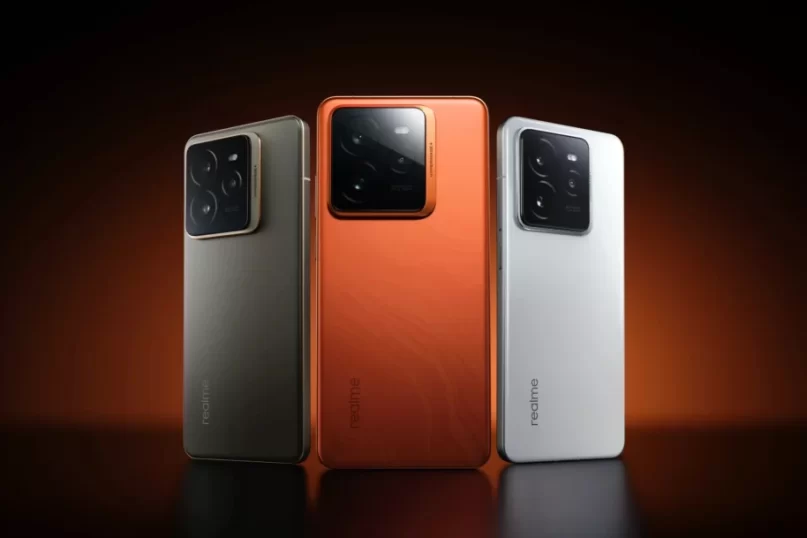
Hence, Realme takes another point! As for storage, Samsung Galaxy S25 comes in multiple options: 128GB/8GB RAM, 256GB/8GB RAM, 256GB/12GB RAM, and 512GB/12GB RAM (no card slot). Realme GT 7 arrives with 256GB/12GB RAM and 512GB/16GB RAM (non-expandable). Realme takes the lead with a more powerful RAM configuration. For photography, the Samsung Galaxy S25 cameras feature a triple setup: 50MP main + 50MP periscope telephoto + 8MP ultrawide sensors, along with a 32MP selfie shooter. Meanwhile, Realme GT 7 cameras pack a dual system: 50MP main + 8MP ultrawide lens and a 16MP front camera. Samsung scores this round with its versatile triple-lens setup and higher selfie resolution. Battery-wise, the Galaxy S25 uses a 5050mAh battery, while Realme GT 7 houses a 5500mAh cell. With a bigger battery and optimized chipset, Realme delivers longer-lasting usage.
Samsung Galaxy S25 vs. Realme GT 7 release date and price
The Samsung Galaxy S25 release date is expected in the next few weeks. In contrast, the Realme GT 7 release date might fall in the third quarter of 2024. As for pricing, Samsung Galaxy S25 price may start at $345 ~ Rs. 28,722, while Realme GT 7 price is expected around $370 ~ Rs. 30,850. Which flagship wins your vote? Share your thoughts in the comment section!
Nokia Oxygen Max vs. Moto G86: 16GB RAM, 7500mAh Battery!
Welcome to our exciting race between Nokia Oxygen Max vs. Moto G86 with 16GB RAM and a 7500mAh battery! Catch the final winner below!
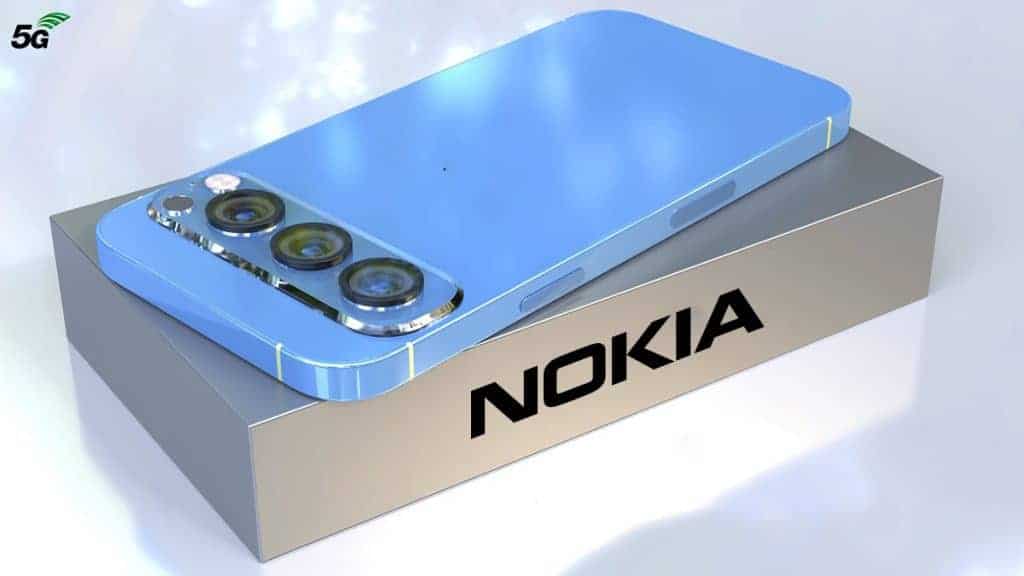
Nokia Oxygen Max vs. Moto G86 specs
The Nokia Oxygen Max is among the most expected budget phones with high-end specs. On the contrary, the Moto G86 comes with an eye-catching design and a vibrant display for daily entertainment. First, Nokia Oxygen Max specs offer a 6.9-inch Super AMOLED with 4K resolution and a tall 21:9 aspect ratio. On the other hand, the Moto G86 specs flaunt a 6.6-inch pOLED display with 1080 x 2400 pixels resolution and a smooth 120Hz refresh rate.
Second, in terms of memory, the Nokia machine arrives with 12GB/16GB of RAM and 256GB/512GB of internal storage. It also supports MicroSD card expansion up to 1TB. Meanwhile, the Moto G86 offers 8GB of RAM and 256GB of internal storage, expandable via microSDXC. Hence, Nokia takes the edge with higher RAM capacity and larger native storage variants. Under the hood, the Nokia Oxygen Max works on the Qualcomm Snapdragon 8 Gen 3 chipset, ensuring flagship-grade performance.
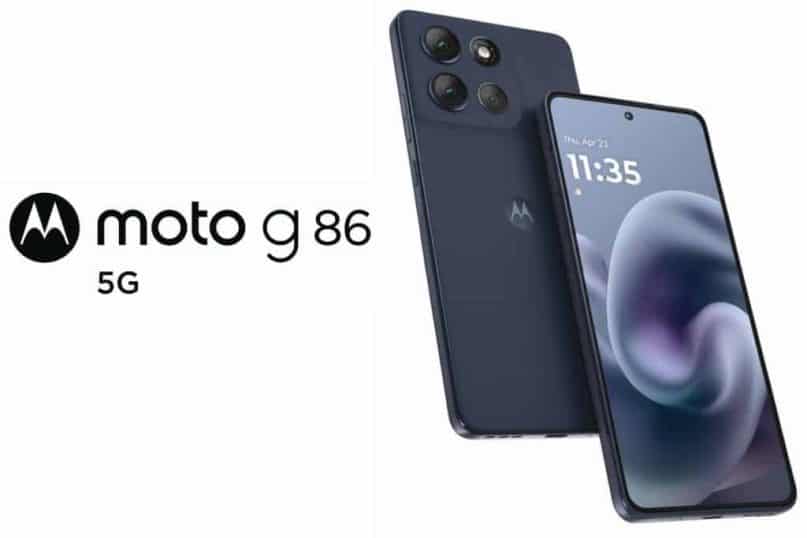
In contrast, the Moto G86 runs on the Qualcomm Snapdragon 6 Gen 1 chipset. Both devices boot Android 15 out of the box. As for optics, the Nokia Oxygen Max cameras feature a quad-sensor setup: 108MP primary + 32MP telephoto + 16MP ultrawide + 8MP depth shooter. On the front, it rocks a 44MP selfie camera. On the other hand, the Moto G86 carries a dual rear camera system: a 50MP main sensor and a 2MP depth sensor. It also houses a 16MP front-facing camera for selfies. Clearly, Nokia leads in both rear and front camera specs. Battery-wise, the Nokia monster impresses with a huge 7500mAh juice box and fast charging support. Meanwhile, the Moto G86 draws power from a smaller 5000mAh battery. Therefore, the Nokia phone wins in endurance for long-lasting usage.
Nokia Oxygen Max vs. Moto G86 release date and price
The Nokia Oxygen Max release date is going to happen in Q4 of 2025. Meanwhile, the Moto G86 release date might take place around the same period. About the cost, the Nokia Oxygen Max price is projected to be around $199 ~Rs. 16,000. On the other hand, the Moto G86 price may start at $179 ~Rs. 14,900. Which smartphone grabs your attention? Let us know your pick in the comments below!
Top Huawei Phones May 2025: 16GB RAM, 5200mAh Battery!
Let’s explore the top Huawei phones in May 2025. From innovative foldables to powerful camera beasts, these Huawei handsets promise impressive specs, strong performance, and competitive prices.

1. Huawei Pura 70 Ultra
Huawei Pura 70 Ultra serves users who love photography and want a bold design. The retractable main lens brings a unique touch and makes the phone a top choice in mobile photography.The Huawei Pura 70 Ultra specs include a 6.8-inch LTPO OLED display with a resolution of 1260 x 2844 pixels and a 120Hz refresh rate. Huawei powers this device with the Kirin 9010 chipset and runs it on HarmonyOS 4.2 (China) or EMUI 14.2 (Global).
Users can choose between 512GB/16GB RAM or 1TB/16GB RAM variants. It doesn’t support expandable storage. The Huawei Pura 70 Ultra camera features a triple rear setup with a 50MP retractable main lens, a 40MP ultrawide, and a 50MP telephoto sensor. For selfies, you get a 13MP front-facing camera. A 5200mAh battery fuels the phone, and it supports 100W wired and 80W wireless charging. The Huawei Pura 70 Ultra price starts at $1,499 ~ Rs. 124,614.
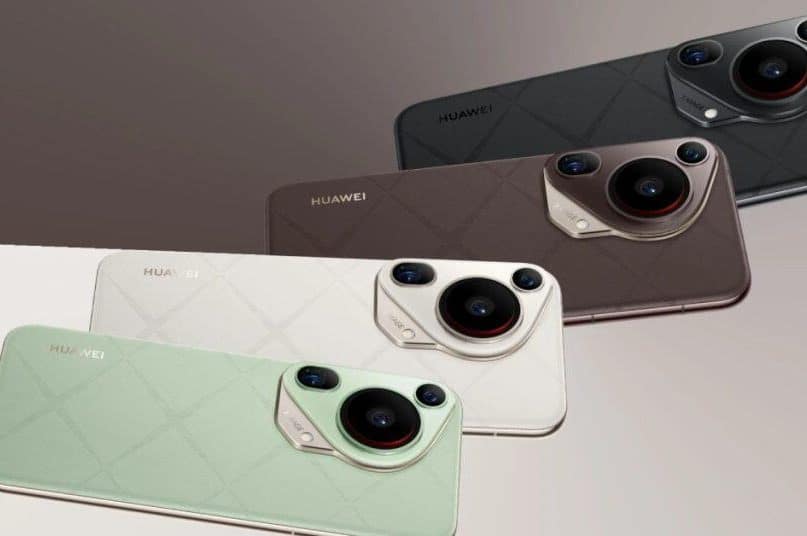
2. Huawei Mate XT
The Huawei Mate XT specs come with an 8.03-inch foldable OLED panel that delivers 2200 x 2480 pixels and a 120Hz refresh rate. Huawei equips this phone with the Kirin 9000S chip and HarmonyOS 4.2. It offers 512GB of storage and 12GB RAM. The Huawei Mate XT camera includes a 50MP main sensor, a 13MP ultrawide, and an 8MP telephoto. For selfies, it has an 8MP camera. A 4800mAh battery with 66W fast charging powers the device. The Huawei Mate XT price starts around $1,799 ~ Rs. 149,537.

3. Huawei Pura X
The Huawei Pura X specs offer a 6.7-inch OLED screen with 120Hz refresh rate and 1220 x 2700 pixels resolution. Huawei uses the Kirin 9010E chipset and runs the phone on HarmonyOS 4.2. It provides 256GB/12GB RAM and 512GB/12GB RAM options. The Huawei Pura X camera packs a 50MP wide lens, a 12MP periscope telephoto, a 13MP ultrawide, and a 13MP front camera. A 4900mAh battery supports 88W wired charging. The Huawei Pura X price starts at $999 ~ Rs. 83,010.
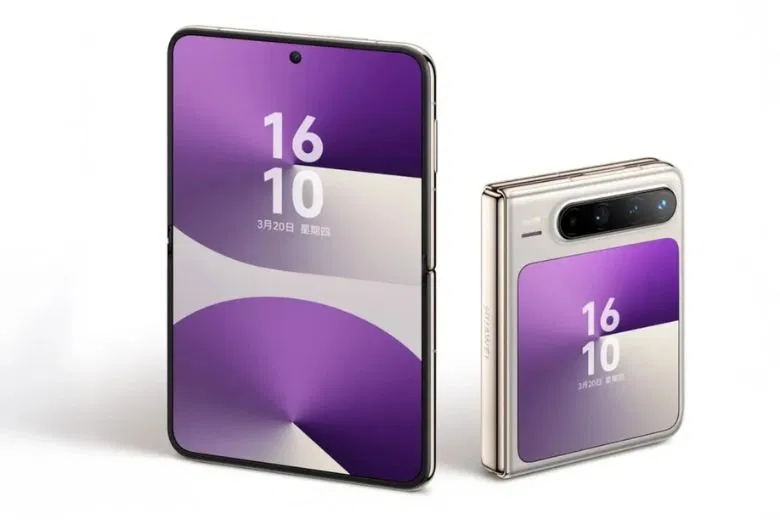
4. Huawei Mate X5
The Huawei Mate X5 specs feature a 7.85-inch foldable OLED display with 2224 x 2496 pixels resolution and 120Hz refresh rate. Huawei installs the Kirin 9000S chip and runs HarmonyOS 4.2. It offers up to 1TB of storage and 16GB of RAM. The Huawei Mate X5 camera setup includes a 50MP wide, 13MP ultrawide, and 12MP periscope telephoto sensor. A 16MP selfie camera sits at the front. The 5060mAh battery supports 66W wired and 50W wireless charging. The Huawei Mate X5 price starts at $1,699 ~ Rs. 141,201.
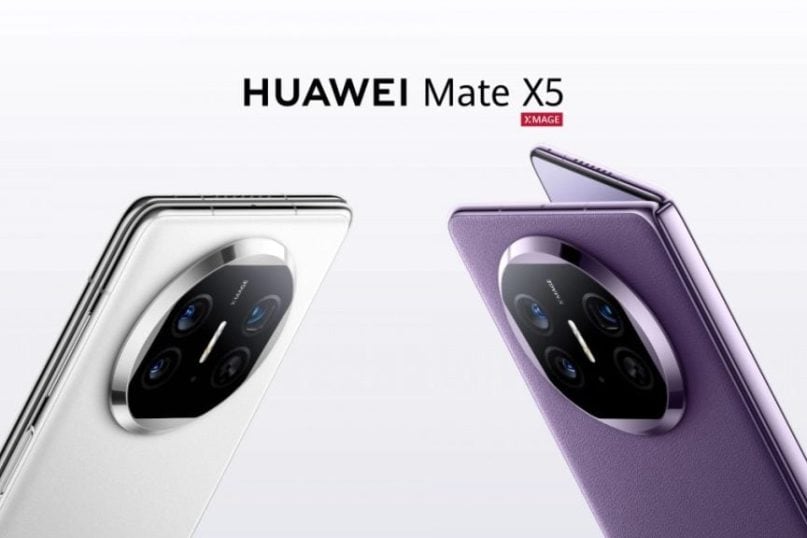
5. Huawei Nova 13i
The Huawei Nova 13i specs show off a 6.7-inch LCD panel with 1080 x 2388 pixels resolution and 90Hz refresh rate. Huawei powers it with the Snapdragon 680 chipset and runs HarmonyOS. The phone comes with 128GB or 256GB of storage and 8GB RAM. The Huawei Nova 13i camera includes a 50MP wide and a 2MP depth sensor on the back and an 8MP selfie lens. A 5000mAh battery supports 40W fast charging. The Huawei Nova 13i price sits at $229 ~ Rs. 18,889.
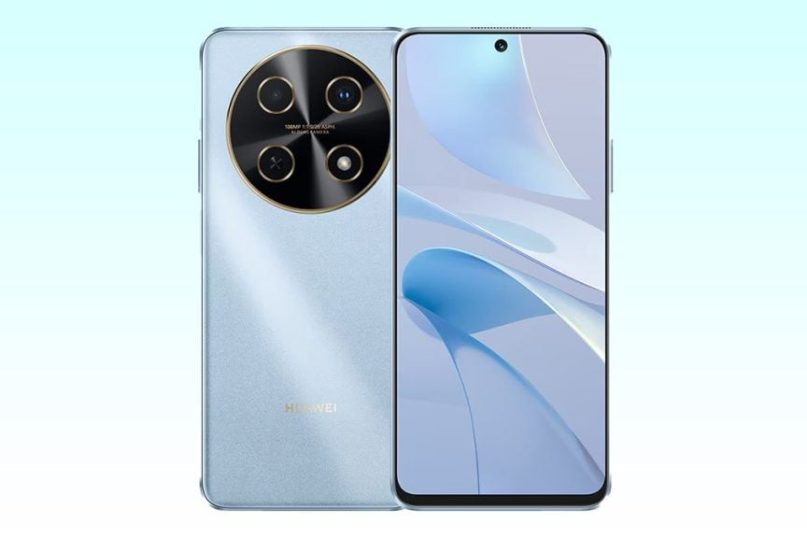
Best Huawei Phones May 2025
In summary, Huawei offers impressive phones in different price ranges. The Huawei Pura 70 Ultra leads in photography, while the Mate XT and Mate X5 deliver stunning foldable experiences. The Huawei Pura X provides a balance between design and performance, and the Nova 13i brings value to budget-conscious users. Stay tuned for more smartphone updates and comparisons!
